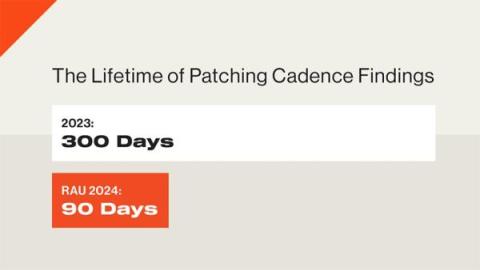Slicing through CISA's KEV Catalog
KEV! KEV! KEV! No, you aren’t standing outside a frat house while some college kids encourage their buddy Kevin to finish his beverage. Rather, it’s the sound of people extolling the virtues of the Cybersecurity and Infrastructure Security Agency’s (CISA) Known Exploited Vulnerabilities(KEV) Catalog.




